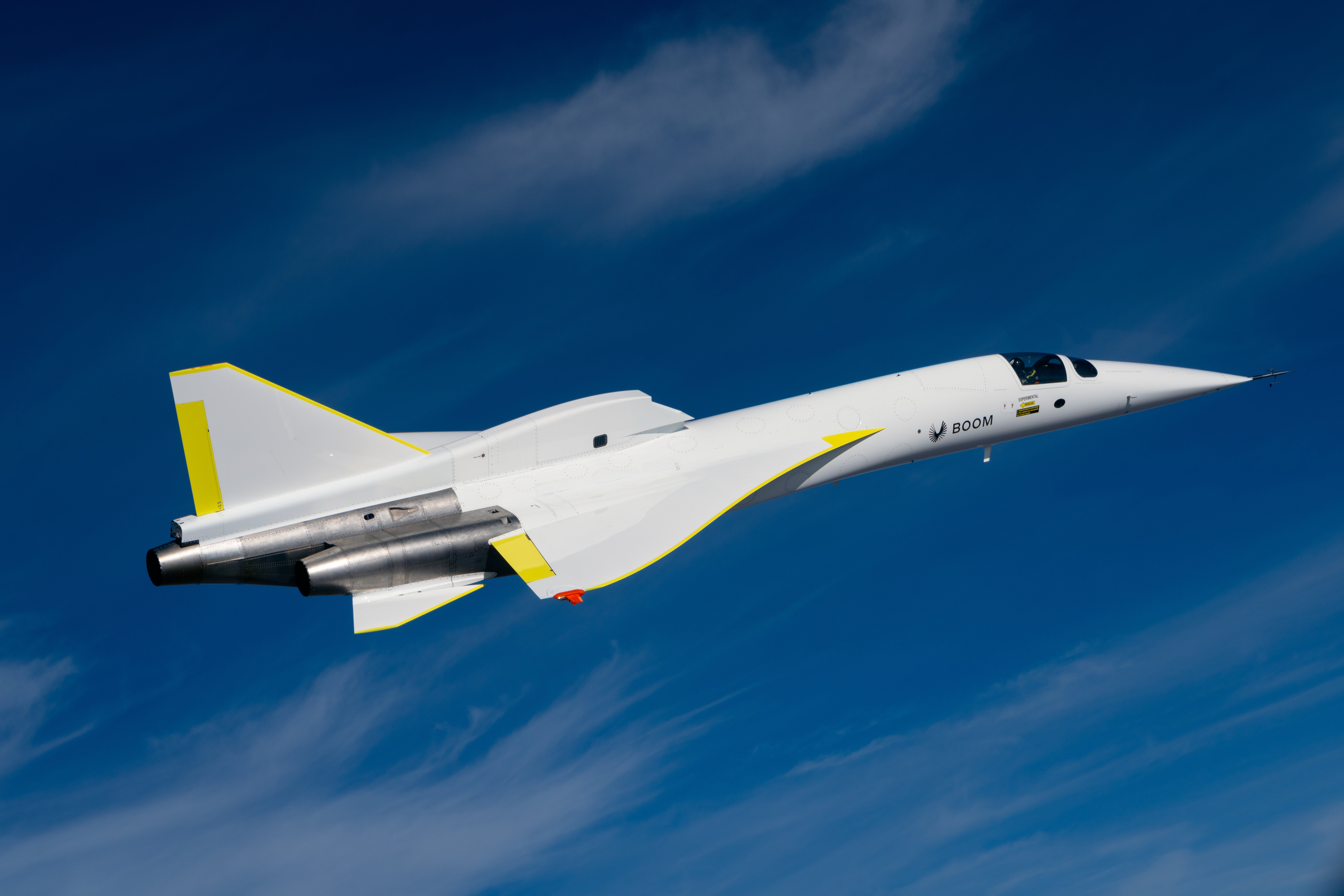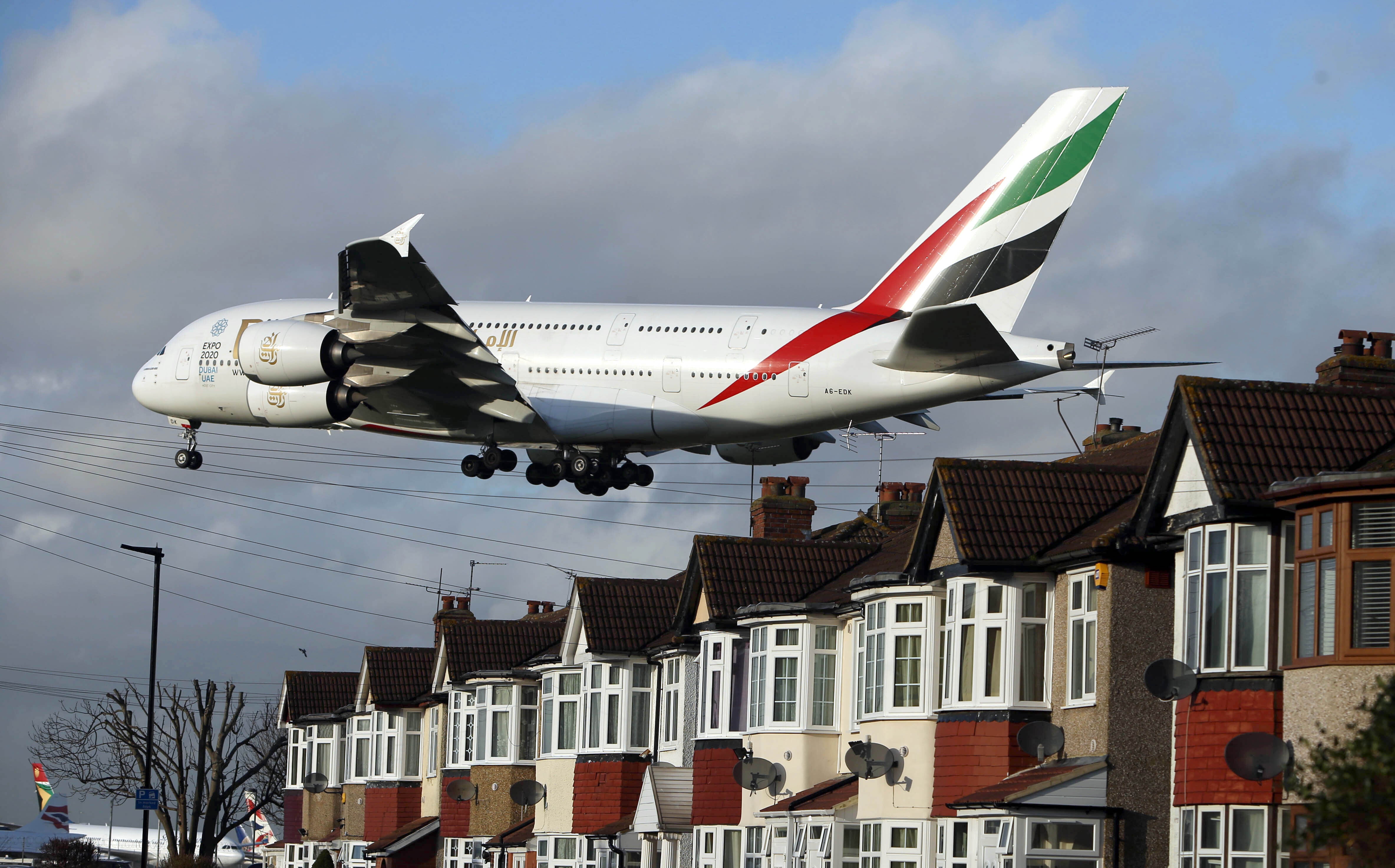When can we expect the new runway at Heathrow?
Simon Calder answers questions on Heathrow, Brussels sleeper trains and supersonic aircraft


Q When will the third runway at Heathrow open?
Jeremy B
A That is the £14.4bn question – the current predicted cost of the third runway and associated works for the proposed airport expansion. Yesterday, the chancellor Rachel Reeves backed the plan that has been kicking around for years: for a third runway northwest of the current pair. Probably wisely, she steered well clear of when passengers may be arriving or departing from the controversial asphalt strip.
So I asked Heathrow airport on your behalf, and was met by something of a shrug. Later, Heathrow’s chief executive, Thomas Woldbye, told the BBC: “This will take years. It will take what I call ‘Churchillian resolve’.” In the absence of official forecasts, I have done a back-of-a-boarding-pass calculation.
The UK’s busiest airport has not yet submitted detailed proposals. The chancellor asked for Heathrow to do so “by the summer”. That will take us to July. The Department for Transport will consider the plans in the context of the airports national policy statement. I think that will use up the rest of the year.
The proposals will then be subject to an 18-month consultation, after which the Planning Inspectorate considers the application and makes a recommendation to the transport secretary – who is likely to grant a development consent order giving the go-ahead. Call it the end of 2027. The earliest that any work could begin is about three years from now – but at that stage, legal challenges will begin in earnest. Were these to be successfully overcome, I think it would be the start of 2029 before any bulldozers are on site, with completion likely to take up much of the next decade. So I am not expecting to be reporting any ribbon-cutting for at least a dozen years.
My assessment is actually more optimistic than that of Ryanair chief executive, Michael O’Leary. He told me that “it will never get delivered, but even if it does, it’s 15 or 25 years away”.
Meanwhile, I believe Gatwick’s second runway will squeak in before the end of the decade; I have it in my calendar for early summer 2029.

Q “The Man in Seat 61” says on social media that he is taking the first Brussels to Venice sleeper train next week. Are you?
Name supplied
A No. I am delighted to see that European Sleeper is expanding to Austria and Italy. This Utrecht-based train operator currently runs overnight trains three times a week from Brussels and Amsterdam to Berlin and Prague. Twice a week during February and March, starting next Tuesday, European Sleeper will run from Brussels and Cologne to Innsbruck and Venice. The new train aims to take people from the Benelux countries and Germany to the Austrian Alps for winter sports and to Venice for city breaks.
I look forward to a review of the journey by Mark Smith, “The Man in Seat 61”. Perhaps he will persuade me to try it, but at the moment I am reluctant. Partly this is due to the cost. A one-way ticket on the first journey on 5 February costs €119 (£100) with a couchette – basically a camp bed in a compartment shared with four or five other passengers. To reach Brussels from London on Eurostar, I reckon on another £100.
Ryanair has two London Stansted-Venice flights on the same day, 5 February, which at the time of research are just £15. For Belgians it is even cheaper: Brussels Charleroi to Venice Treviso, £13. Those fares are absurdly low, but European Sleeper has a tough job persuading budget-minded travellers to pay many times more.
A bigger concern is the extreme journey length. The European Sleeper is scheduled to take 14 hours between Brussels and Innsbruck and a further five to Venice. This is partly due to the meandering route; from the Belgian capital, the train heads north to Eindhoven in the Netherlands rather than southeast to Venice.
Plenty of day train connections are available from Brussels to Innsbruck that go more directly and take under nine hours. They also deliver superb scenery; for example, you can leave the Belgian capital at 8.25am and reach Innsbruck shortly after 5pm, with changes at Frankfurt and Munich. The fare using high-speed trains is €20 less than the sleeper, too.

Q On the radio you mentioned that Shannon airport in the west of Ireland could be a potential European hub for the new supersonic aircraft. Can you explain more?
Nick R
A This week Boom Supersonic successfully flew its XB-1 test aircraft faster than the speed of sound. This is one of many milestones along the way to the return of supersonic passenger flight. The company believes its proposed Boom Overture plane could travel at Mach 1.7 (twice the speed of conventional planes) with up to 80 passengers on board.
The main market for Boom Overture is transpacific flights – particularly from northwestern cities such as Seattle and Vancouver to Tokyo. These routes should be just within the planned range of the plane. Instead of the current nine or 10 hours from Vancouver to the Japanese capital on a subsonic plane, the supersonic jet would take about half as long. Because almost all of such flights are over water, the new jets would be allowed to exceed the speed of sound with impunity; over land, the supersonic boom makes such aircraft unpopular, so they fly subsonically.
The manufacturer will be keen to get some business across the Atlantic, especially the lucrative New York market, too. The big problem is that the plane would need to throttle down to subsonic speed when passing over European territory. This will be suboptimal: passengers would be in a relatively compact cabin on a plane consuming copious fuel while flying no faster than easyJet or Ryanair. A supersonic hub on the edge of Europe, where well-heeled passengers can transfer to ordinary planes to continue their journeys, could be one option. The candidates include Lisbon, but geography favours Shannon in the west of Ireland: it is astride the most direct track from New York to London, Brussels and Munich, and has loads of capacity.
British Airways used Shannon as a refuelling stop for its business-class-only service from London City to New York. Passengers could clear US formalities, which proved very popular; they arrived at JFK as “domestic” passengers with no need to get in line. It’s a plausible proposition – but I am not expecting to see any commercial supersonic flying this decade. I may, once again, be wrong.

Q I’m a bit confused as I can’t see the downside to “mixed mode” at Heathrow. I don’t understand why it is not standard practice already. Is there one: noise or safety? I would have thought it could be used to clear the holding patterns Heathrow often experiences.
Karen F
A It has been another week in which ministers have had yet another spin at runway roulette in the London area. The government has come out in favour of expansion at Heathrow – a £14bn project to create a third runway and another terminal. But there has also been talk of “mixed mode”: allowing both existing runways at London Heathrow airport to be used for arrivals and departures at the same time.
At present Heathrow devotes one runway to take-offs and another to landings. It’s tempting to think that separating arrivals and departures is the most efficient way to operate a two-runway airport like Heathrow. In fact, the opposite is true: you can extract more capacity if there is a plane coming into land just after an aircraft ahead has taken off. Under present arrangements, each of Heathrow’s runways can handle 45 planes an hour. But across at Gatwick, air traffic controllers can squeeze in 55 an hour. Mixed mode adds up to 15 per cent more capacity without the need for another runway. So it is reasonable to ask why it is not used now.
Safety is not an issue, but noise most definitely is. At present the arrival and departure runways are swapped at 3pm each day to ensure that no one who lives directly beneath one of the flight paths suffers for the entire working time of the airport, typically 4.30am to 11pm. With mixed mode, there would be no such respite. Accordingly, neither Heathrow nor the government say they are in favour of the concept.
In fact, a kind of half-mixed mode is already used intermittently. In the peak arrivals hour of 6-7am, landings are allowed on both runways (there are few take-offs early in the morning). And if the length of “holds” of aircraft coming into Heathrow rises to 20 minutes or more, “Tactically Enhanced Arrivals Mode” can be invoked with landings on both runways to deal with “severe inbound congestion”.
Email your question to s@hols.tv or tweet @SimonCalder
Join our commenting forum
Join thought-provoking conversations, follow other Independent readers and see their replies
Comments